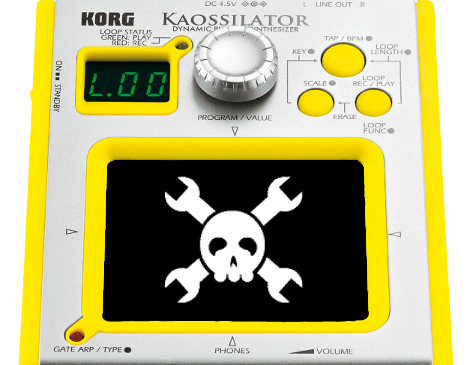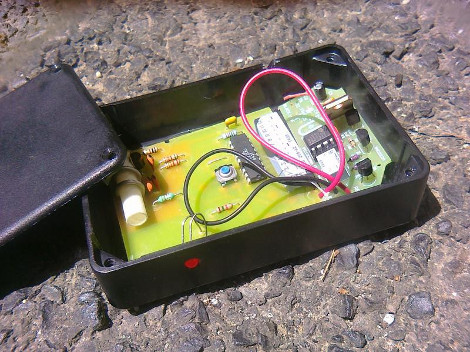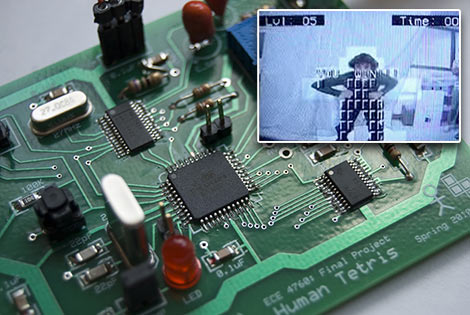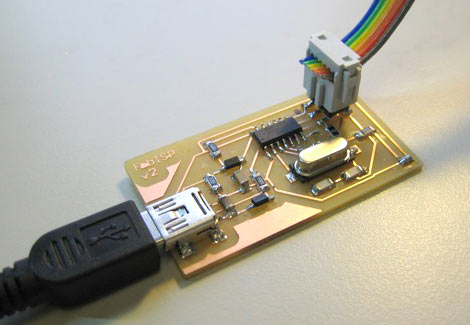
We recently stumbled on a way to turn a regular laptop into a poor man’s Kaossilator. Using the touchpad of your laptop, some PureData software, Touchpad2MIDI and a couple custom patches, [zenpho] has set everyone up to create that crazy electronic music that kids listen to these days.
But what was that? You cant afford a whole laptop, and need to make this happen on an even tighter budget? Oh, we’ve got your back. Using just the trackpad and an Arduino, [Bastiaan] has created a basic PS2 to Arduino to USB link which can be parsed by your favorite language of choice into a working MIDI interface. Good news for all the lazy hackers out there, he’s planning on swapping out the Arduino for a Teensy, and making a real USB to MIDI interface.















